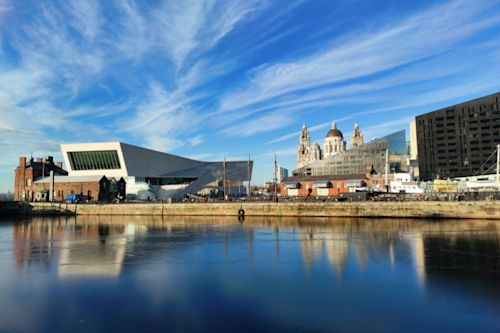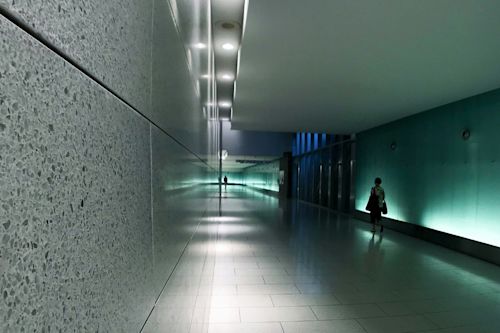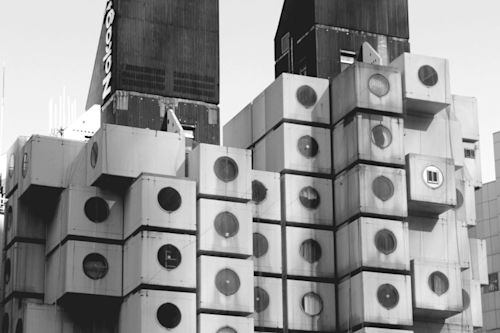Held every five years since the 1850s, Expo events keep offering invaluable insights about solutions for some of humanity’s biggest challenges. Designed around the three theme districts of opportunity, mobility, and sustainability, many believe the Expo 2020 in Dubai will be the most ambitious one to the date.
The Expo, which is also the first one to be held in the Middle East and South Asia region, cost a whopping USD 7 billion. In return, the six-month-long event expects to lure 23 million visitors to inspire them about global solutions and architectural possibilities.
Here’s a roundup of the five awe-inspiring pavilions in the Dubai Expo 2020 to redefine the world’s design and architectural agenda.
Singapore: Rainforest in the Desert

Few nations in the world embraced innovations in urban design, architecture, and sustainability like Singapore in the last decades. The Southeast Asian nation’s pavilion in the Expo 2020 epitomizes Singapore’s dramatic evulution from a congested and pulluted city in the 1960s to a futuristic urban design haven.
Loyal to the island nation’s commitment to curbing climate change, Singapore’s pavilion brings a “lush tropical oasis” to the Emirati desert. With its plant-covered roofs and hanging gardens, the structure will tap into the Middle Eastern sun to sustain itself.
Designed by WOHA Architects, this mini artificial rainforest will align with its slogan of Nature. Nurture. Future.
United Kingdom: Interactive Poetry

Also nicknamed the “Poem Pavilion”, a building inspired by the late British scientist Stephen Hawking will be representing the United Kingdom in Dubai. Es Devlin, the first female architect from the country to design an Expo pavilion, masterminded this structure. It expresses Stephen Hawkin’s ponderings on how humanity could express itself in case of an encounter with an extraterrestrial civilization.
The vision of this celebrated cosmulogist is alive with this building: Its facade will keep showcasing an ever-changing poem, powered by artificial intelligence. The 25 million expected visitors of the Expo will be able to add their own input into this poem in multiple languages to gain a fascinating insight into the future.
Netherlands: Miniature Farm, Maximum Impact

Another world leader in sustainability, the Netherlands will be in the Expo with a cone-shaped farm that generates its own micro-climate, while harvesting water, food, and energy.
The Netherlands is 237 smaller than the United States when it comes to the landmass. However, this tiny Western European country has been at the forefront of the global debate about food, as it’s the world’s second-biggest exporter of agricultural products.
Hence, with this miniature food production system designed by V8 Architects, the Netherlands wants to urge visitors to think outside the box with food and sustainability solutions.
China: Progress and Tradition

As one of the largest pavilions in the Expo, China’s presence in Dubai in 2020 is an architectural expression of optimism about the future. Created by China’s state-owned construction company, it will be a direct reflection of the country’s growth and progress, with an ongoing commitment to its culture and traditions.
The pavilion boasts a design that artfully combines cutting-edge technology with traditional elements of Chinese architecture. Shaped like a lantern and nicknamed “light of China“, it’ll host dazzling light shows, one of the most treasured traditions of this ancient culture. In the meantime, the pavilion will highlight China’s recent achievements in technologies like artificial intelligence, infrastructure, as well as the ambitious Belt and Road Initiative.
Brazil: Rivers Reimagined

While Amazon is Brazil’s most famous river, many more rivers, lakes, and basins lace this lush South American country. Millions of lives depend on the wellbeing of these water networks. However, in Brazil and beyond, environmental threats like climate change and pullution are plaguing them. Hence, Brazil’s pavilion in Expo 2020 is a call for the world to remember the importance of water.
Three different studios, JPG.ARQ, MMBB, and Ben-Avid, joined forces to re-interpret the Rio Negro, the largest tributary of the Amazon, by creating a building centered around water. A reminder to the beauty of these environments and endangered biodiversity, the pavilion will be an immersive experience to the visitors through walkable “water blades”, as well as the sights, scents, and sounds of this mighty river.
As the building invites the visitors to think about water, agribusiness, and sustainability issues, they can literally dip a toe in an Amazon re-imagined in the desert.
Pavilions to Propel
Since the world’s first Expo took place in London in 1851, these events not only fostered global cooperation and dialogue but made immeasurable contributions to design and architecture. Until Osaka hosts the Expo 2025 to boast even more thought-provoking and innovative architecture, there’s no doubt that the design world will keep talking about these startling pavilions.



